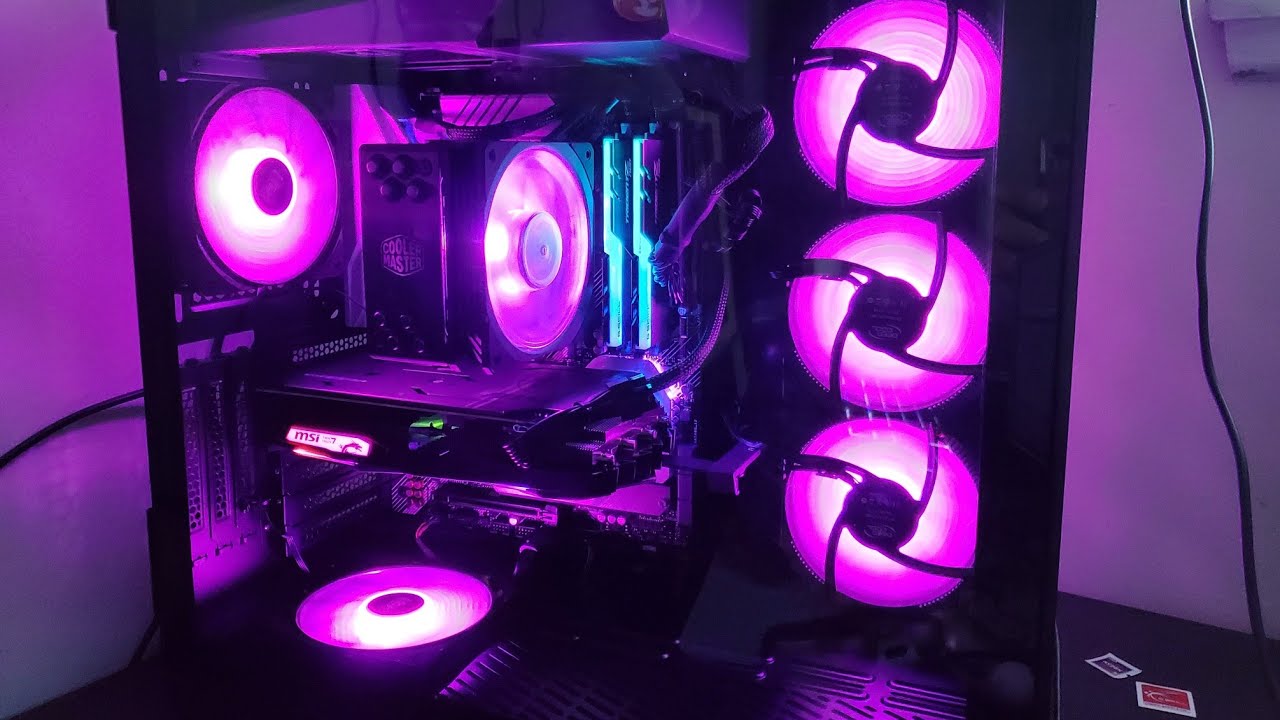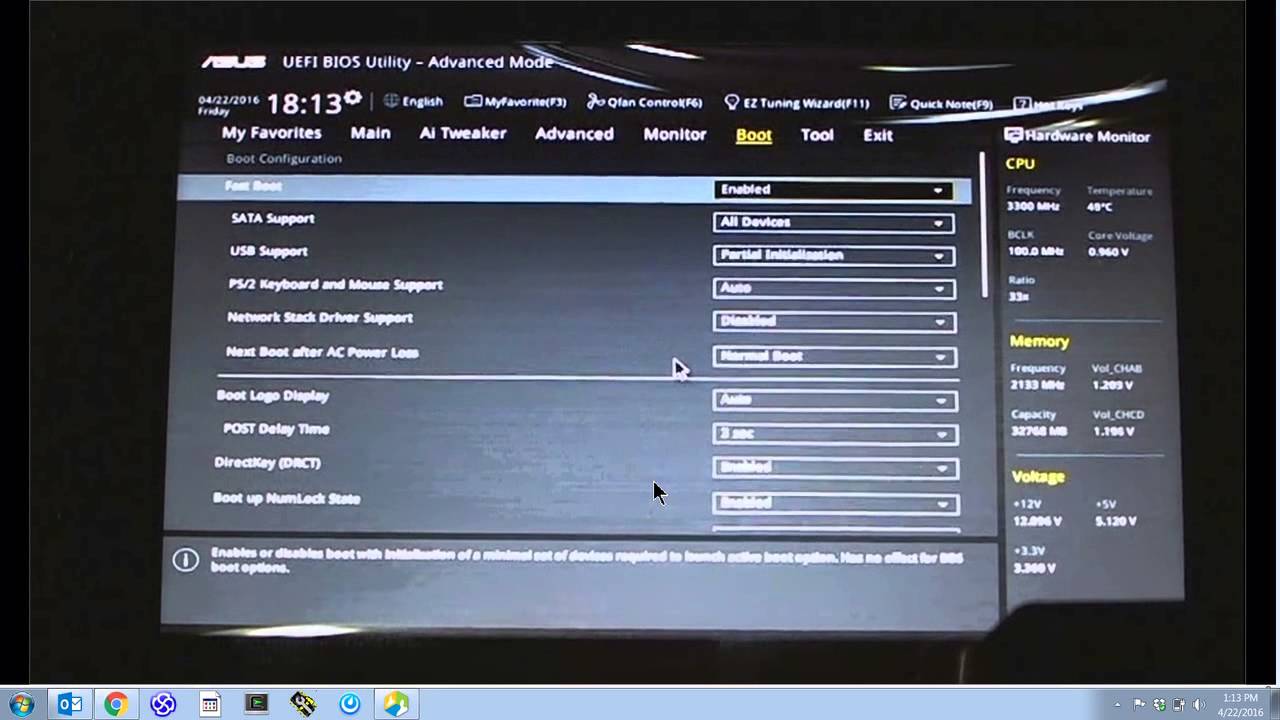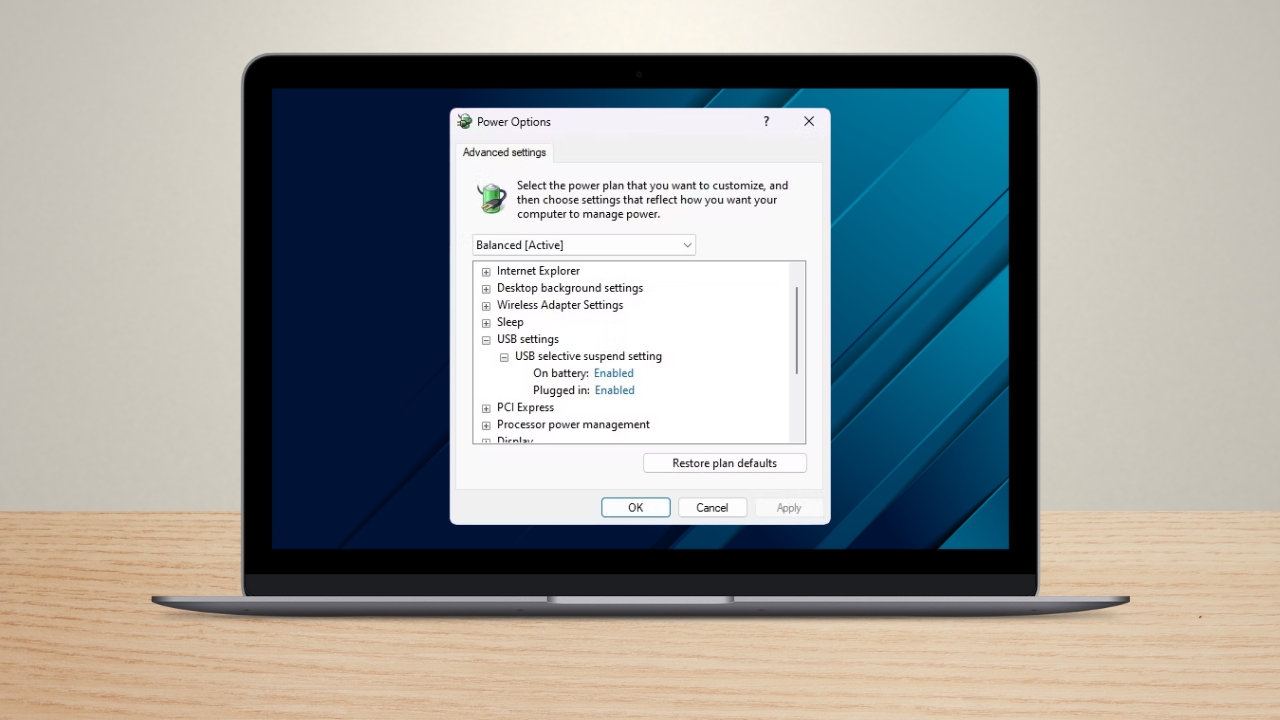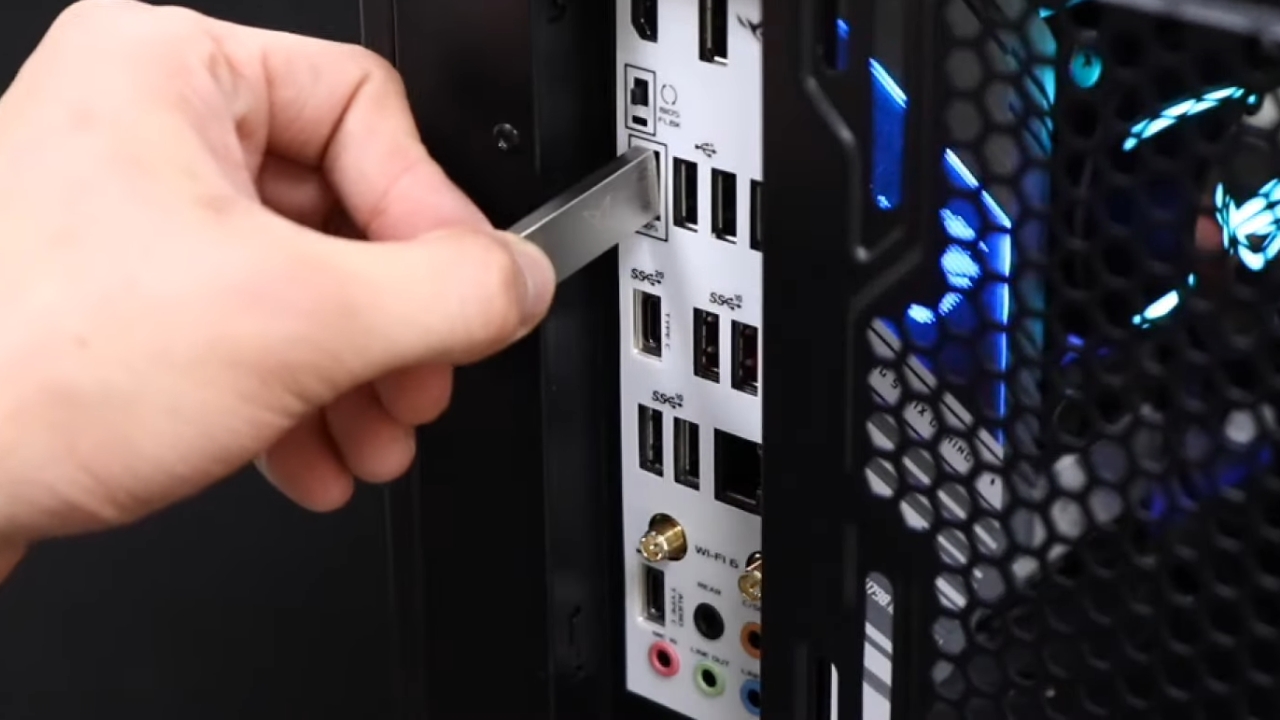
Share Post:
The realm of technology is continually advancing, bringing with it a variety of challenges that computer users frequently face.
One such issue is the activation of the VGA light on the motherboard, a signal of potential problems with the graphics card or related components.
Recognizing the causes and symptoms of this issue is crucial for effective troubleshooting.
This guide aims to equip computer technicians and everyday users with the knowledge needed to diagnose and resolve the VGA light issue.
Basic Troubleshooting Steps

Check the Graphics Card Connection
- Power down the computer and open the case.
- Ensure the graphics card is securely inserted in the PCI Express slot by gently pressing it down.
- Verify that power connectors from the power supply are properly attached to the graphics card.
- Inspect the cables connecting the graphics card to the display, ensuring secure connections and no visible damage.
Update Graphics Card Drivers
- Visit the graphics card manufacturer’s website to find the latest drivers.
- Download drivers compatible with the operating system.
- Uninstall existing graphics card drivers via Device Manager by right-clicking the graphics card under “Display Adapters” and selecting “Uninstall device.”
- Install the downloaded drivers and restart the computer to check if the VGA light issue persists.
Verify Power Supply Connections
- Power off and unplug the computer.
- Open the computer case and check that power supply connectors are securely attached to the graphics card.
- For modular power supplies, ensure correct cables are connected and fully inserted.
- Verify the power supply’s wattage meets the graphics card’s requirements.
Advanced Troubleshooting Steps

Reseat the Graphics Card
- Power off the computer and disconnect from the power source.
- Remove the graphics card by releasing the retention clip or screws.
- Clean the contact points on the graphics card with an eraser or lint-free cloth.
- Reinsert the graphics card into the PCI Express slot and secure it.
- Reconnect power and other cables, then test if the VGA light issue is resolved.
Check for Hardware Conflicts
- Access BIOS/UEFI by restarting the computer and pressing the appropriate key (e.g., Del, F2, F10).
- Navigate to the “Devices” or “Peripherals” section and disable any integrated graphics if using a dedicated graphics card.
- Save changes, exit BIOS/UEFI, and check if the VGA light issue persists.
Monitor System Temperatures
- Use software like CPU-Z or HWMonitor to monitor graphics card temperatures.
- Test the system under load by running applications or games.
- Ensure the graphics card’s cooling system is functioning and clean any dust.
- Improve case airflow by ensuring all fans are operational and unobstructed to prevent high temperatures from causing the VGA light to illuminate.
Additional Tips
Use Manufacturer-Specific Diagnostic Tools
- Download diagnostic tools from the graphics card manufacturer’s website.
- Run these tools to diagnose potential issues and follow the manufacturer’s instructions to resolve any detected problems.
Consider Upgrading the Graphics Card or Power Supply
- If troubleshooting does not resolve the issue and the graphics card is outdated, consider upgrading to a newer, compatible model.
- Ensure the power supply meets the new graphics card’s power requirements and upgrade if necessary.
Seek Professional Help if Necessary
- If issues persist despite troubleshooting, consider seeking professional assistance.
- A technician can diagnose the problem accurately with specialized tools and provide targeted solutions based on the specific hardware configuration.
Causes
Faulty or Loose Graphics Card Connection

Ensuring the graphics card is firmly seated in the PCI Express slot is crucial. If the card is not secured properly, it may not establish an effective electrical connection, causing the VGA light to illuminate.
Additionally, the cables linking the graphics card to the display should be inspected. Loose or improperly seated cables can disrupt the signal, and if there is any damages, this may lead to poor or no video output, triggering the VGA light.
Over time, the connection between the graphics card and motherboard can weaken due to factors like vibrations or physical movements of the system, resulting in intermittent connectivity issues. This can cause the VGA light to turn on intermittently, signaling a problem in the connection.
Incompatible or Outdated Drivers
Graphics card drivers that are not compatible with the installed operating system or hardware can cause system conflicts, leading to the activation of the VGA light.
- Lack of Updates: Outdated drivers may miss important updates, bug fixes, and compatibility improvements, causing performance issues with the operating system or software.
Drivers that are not regularly updated can lead to compatibility issues, especially with newer software or system updates. This can result in the VGA light being triggered as a warning signal for these issues.
- Corrupted or Improper Installation: Incorrectly installed or corrupted drivers can prevent the graphics card from functioning efficiently, further causing system instability.
Corrupted drivers, whether from software conflicts or system errors, may disrupt the graphics card’s normal operation. The VGA light serves as an indicator of these problems, highlighting the need for proper driver installation and updates.
Power Supply Problems
Insufficient wattage or a failing PSU might not deliver adequate power to the graphics card, causing the VGA light to switch on. If the power supply does not meet the graphics card’s power requirements, it can result in power delivery issues.
Power fluctuations and voltage drops can also affect the stability of the graphics card. Inconsistent power delivery can influence the graphics card’s performance, leading to the VGA light being triggered.
Damaged power connectors or cables between the power supply and the graphics card might disrupt the flow of power. If these connectors or cables are damaged or improperly connected, it can lead to an intermittent power supply to the graphics card, causing the VGA light to be illuminated.
Overheating of the Graphics Card
@m4coyzkie Vga debug led light meaning & fix! #vga #motherboard #led #meaning #pc #fix #stepbystep #tutorial #procedure #pcfix #for #beginner #noob
- Ineffective Cooling System: If the cooling components, such as fans and heatsinks, fail to disperse heat properly, the graphics card can overheat, leading to the activation of the VGA light.
- Dust and Debris Accumulation: Dust buildup on the heatsink or fan can block airflow, reducing heat dissipation. This increase in temperature can trigger the VGA light as a warning.
- Overclocking Without Proper Cooling: Overclocking the graphics card beyond its recommended limits without adequate cooling solutions can result in overheating. The VGA light may turn on as a protective measure in response to excessive heat.
Related Posts:
- How To Connect Front Panel Connectors To The Motherboard?
- How To Update BIOS On ASUS Motherboard: A Step-by-Step Guide
- How To Enable Or Disable Secure Boot For ASUS Motherboard
- Phone Charging But Carplay Not Working? 10 Ways To Fix It
- Can't Clear Your Browser History? Here's How To Fix It
- Instagram Password Reset Not Working - Why And How To Fix It








